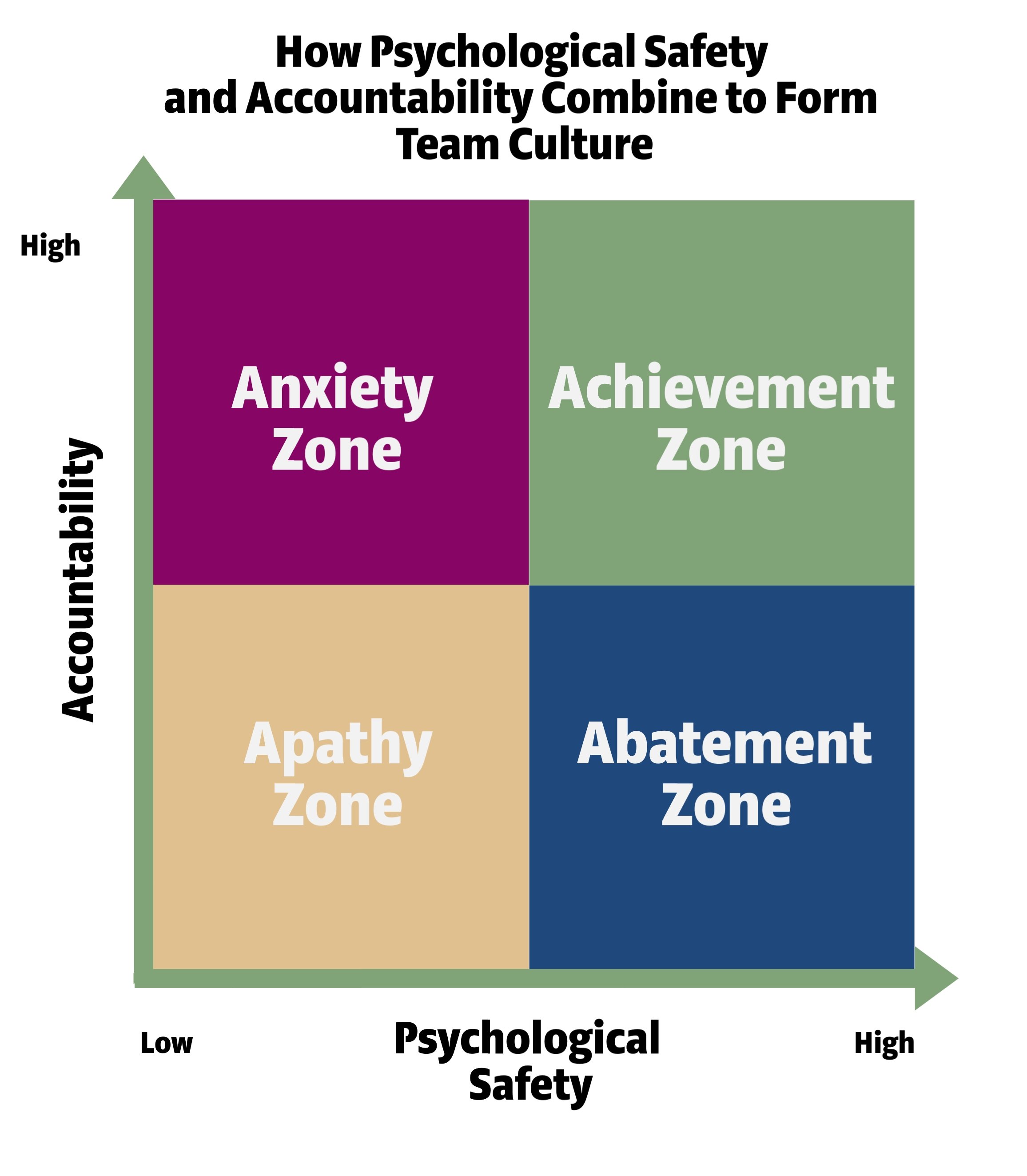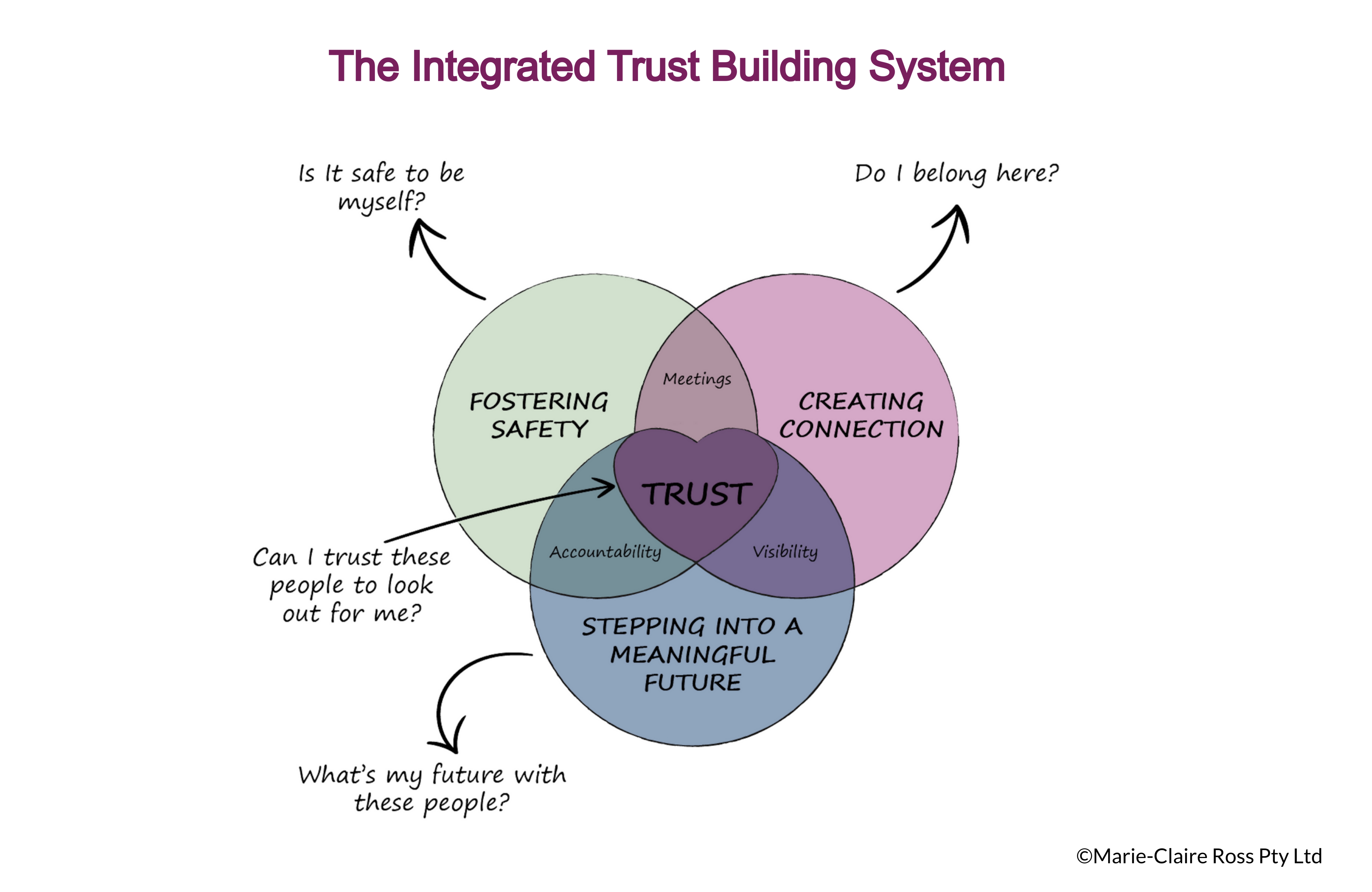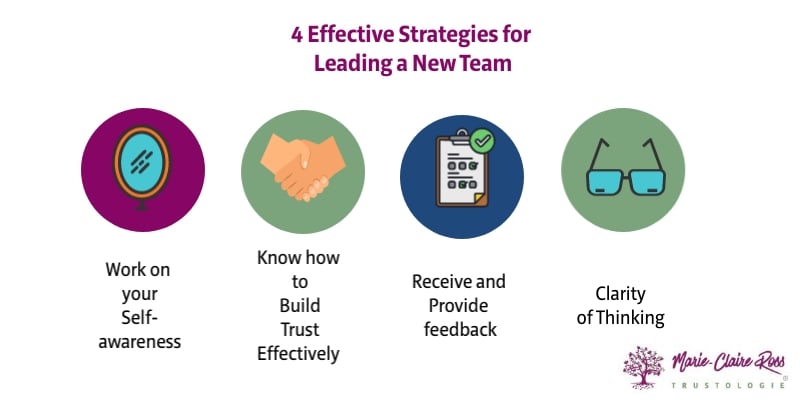
Did you know that one out of every two managers is terrible at accountability?
According to a study published in Harvard Business Review that researched 5,400 managers...
Trust is often easy to build within teams.
Daily interactions with team members helps you understand each other better and work towards a shared goal.
But establishing trust across teams is complicated. There is limited time to forge relationships which can be compounded by a lack of understanding or even interest in the other team's priorities and goals.
According to a comprehensive five-year study conducted by management theorist Morten Hansen, a significant 46% of individuals expressed a lack of trust in their collaborative efforts across various organisations.
Even in a healthy culture, employees may want to co-operate, but they can’t seem to despite themselves. Their team’s goals and priorities always get in the way. It means they often break their promises; missing deadlines, going over budget, failing to adhere to specifications or customer expectations.
Leaders often focus all their attention on leading individuals in their team, rather than considering how to lead cross-functionally. Both are important. After all, your peers, your reports and your boss rely on your for their success.
So let's take a look at how you can build trust across teams using The Integrated Trust Building Framework from the book, Trusted to Thrive: How leaders create connected and accountable teams (get a free chapter here).

Neuroscience research confirms that there are certain factors the brain requires to trust a situation. We judge whether we trust people based on how connected we are, whether we have a future together and how safe we feel.
You emotionally signal to your peers that ‘we’re all in this together’ through the quality of your interactions (meetings), through improving visibility of priorities and accountabilities and meeting your deadlines. Let's unpack this further.
Teams often pull back from working with other teams because it seems to risky (e.g. late deliverables, shoddy work, lack of clear directives or poor timing). It often feels safer to not collaborate.
To be seen as a manager that works well with others teams, you need to minimise the risks of collaboration. And it all starts with mindfully building relationships.
The interactions you have with your peers are important. If you have a tendency to critic people's suggestions or concerns in management meetings, it's more likely that they will distrust you. Same goes if you don't really listen to them when they have the floor.
Any interaction that you have with your peers is an important time to show them that you are interested in what they are working on and that you are there to help if needed.
Leaders who excel at cross-functional collaboration are proactive about building healthy relationships across the business before they work with others. They know that trust takes time to build, so they identify 5-8 key relationships and spent time getting to know people. This includes understanding their perspectives, priorities, motivations, goals and challenges.
It's about heeding the saying "Plant your seeds before you're hungry."
Build the line of communication before you need it. Avoid the low emotionally intelligent mistake of waiting until you need someone’s help. If you fail to build rapport or demonstrate your genuine intentions, people will be less likely to meet your requests.
When you have done the pre-work of connecting with your peers, and demonstrating that you care about their interests, your request will be more positively received. You lower any perceived risk on their side. The added benefit is that you will be also given the benefit of the doubt when faced with challenging scenarios.
In the Integrated Trust Building System, at the intersection between connection and meaningful future, we have visibility. Being a trusted leader boils down to visibility.
Visibility is key to building trust and ensuring accountability and safety. People believe what they can see.
In today’s interdependent environment, a lack of information sharing actively prevents teams from talking to each other, assembling a full picture and being responsive. It also contributes to silo thinking and working.
Clear prioritisation helps other teams understand your capacity and reduces tension around resourcing. Be upfront about when you will put their work on the back-burner. For example, let people know if you will put their work at the back of the queue if additional work appears from the CEO.
Your peers want evidence that your team is trying to do the right thing by them. Provide regular updated information on your team’s priorities and deadlines. Have a visible dashboard that shares what projects you are working on. Share the priority order, the decision-making behind it and who is responsible.
Trust breakdowns between departments occurs when misaligned interests are not addressed.
A clear sense of purpose, values and mission connect everyone together through being able to collectively see the meaning of their work. It’s how you get a diverse group of people aligned. Trusted leaders navigate this by aligning interests within the organisation's overall strategy.
They seek to align and integrate stakeholder interests. Demonstrating that they care that the other department is successful, rather than displaying self-interested and competitive behaviours.
Your peers want to know that there is a point to the hard work and effort in working with you. They want to know there is a future pay off. Talk about what the end goal will look like and what both your teams will learn and receive from the collaboration.
Core to being a trusted leader is that you understand that your boss, teammates and your colleagues all depend upon you for their success. Trust issues in the workplace develop when people don’t think your capable, credible, reliable or care enough.
This means being accountable when you make a mistake or drop the ball. Making excuses or blaming others is a surefire way for your peers to see you as a blocker to collaboration.
Always make sure your team delivers on time. If you can't meet a deadline, work with the other team leader ahead of time to negotiate another plan of action. Leaders who omit this step are less likely to gain the support of their peers over time.
Managers who excel at collaborating across teams are intentional about cultivating relationships before embarking on joint projects.
They prioritise reducing any perceived risks associated with collaboration, foster positive interactions that demonstrate genuine interest in others, maintain transparency regarding priorities, and consistently deliver on their commitments.
The payoff for these efforts is significant, as leaders who can effectively align diverse groups of people are always in high demand in the business world.

Did you know that one out of every two managers is terrible at accountability?
According to a study published in Harvard Business Review that researched 5,400 managers...

So you've just been elevated to the position of leading a brand new team - congratulations! No matter if this is your first time or you're a seasoned team leader, it's...